Aluminum clusters move along graphene tracks, controlled by applied electric currents, in work by Spanish and Dutch researchers.
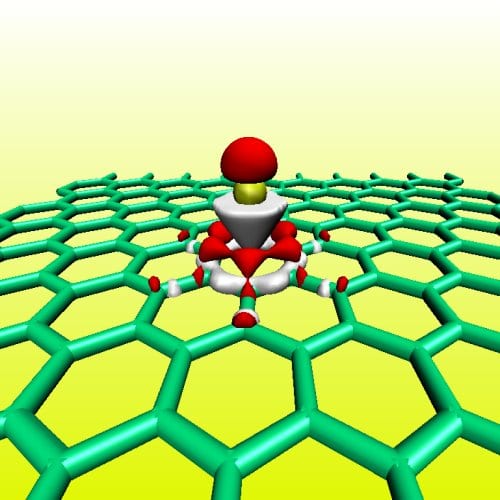

Aluminum clusters move along graphene tracks, controlled by applied electric currents, in work by Spanish and Dutch researchers.

UK scientists develop method to produce and identify boron nitride monolayers like graphene using simple laboratory techniques.
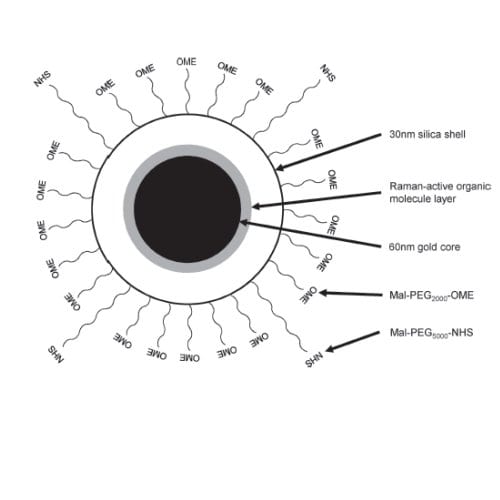
US scientists show the mechanism of toxicity of gold nanoparticles in living cells, and demonstrate that the nanoparticles are not toxic under diagnostic conditions.
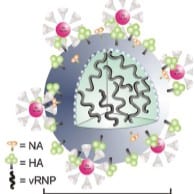
Functionalized gold nanoparticles are used to prevent flu viruses from attaching to and entering cells, in research by German scientists.
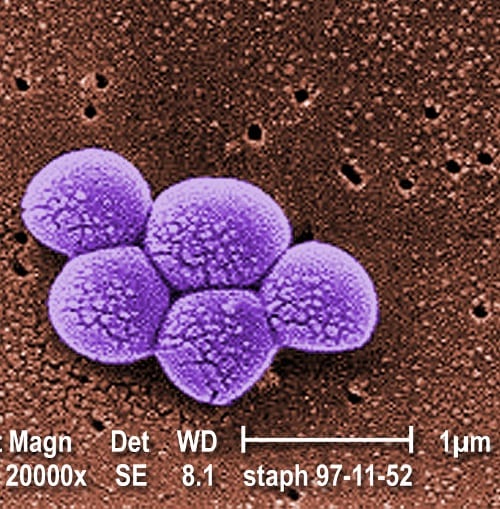
With secondary infections from drug-resistant bacteria a real concern in hospitals worldwide, MIT scientist report a breakthrough that might be able to effect both prevention and cure.
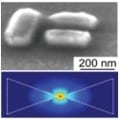
A recent concept article gives a round-up of how nanoplasmonic technology can be employed to control optical properties by use of appropriately shaped nanostructures.
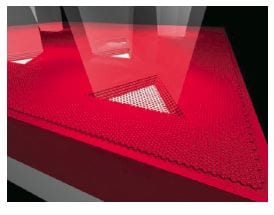
Graphene films grown over epitaxial metal films deposited on single-crystalline substrates give unique micropits with rectangular and triangular shapes, reflecting the crystallographic orientation of the substrate.